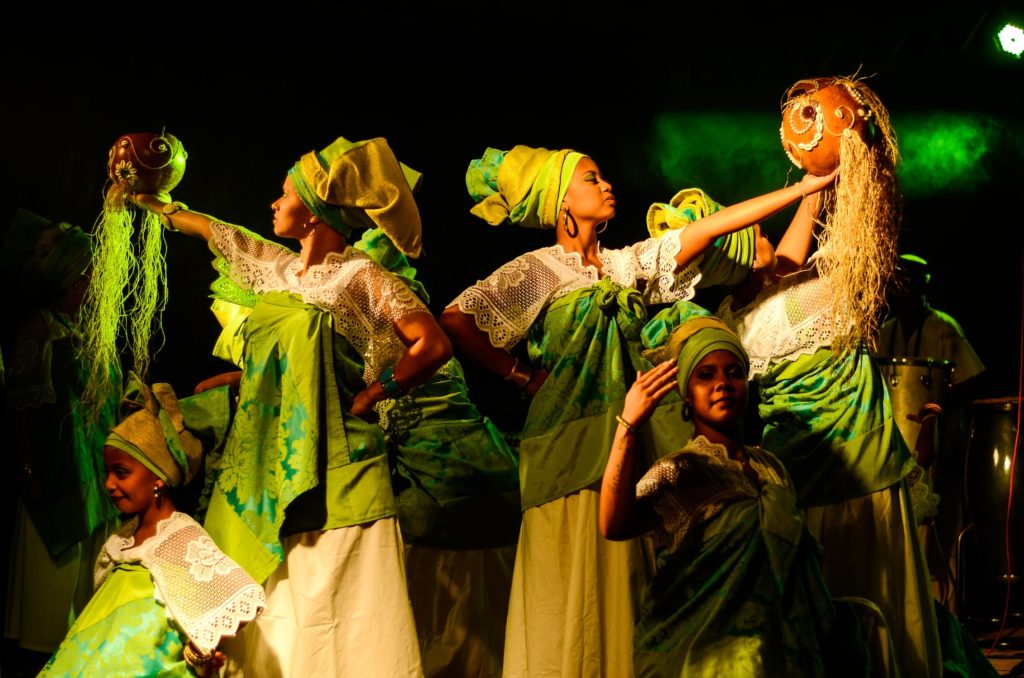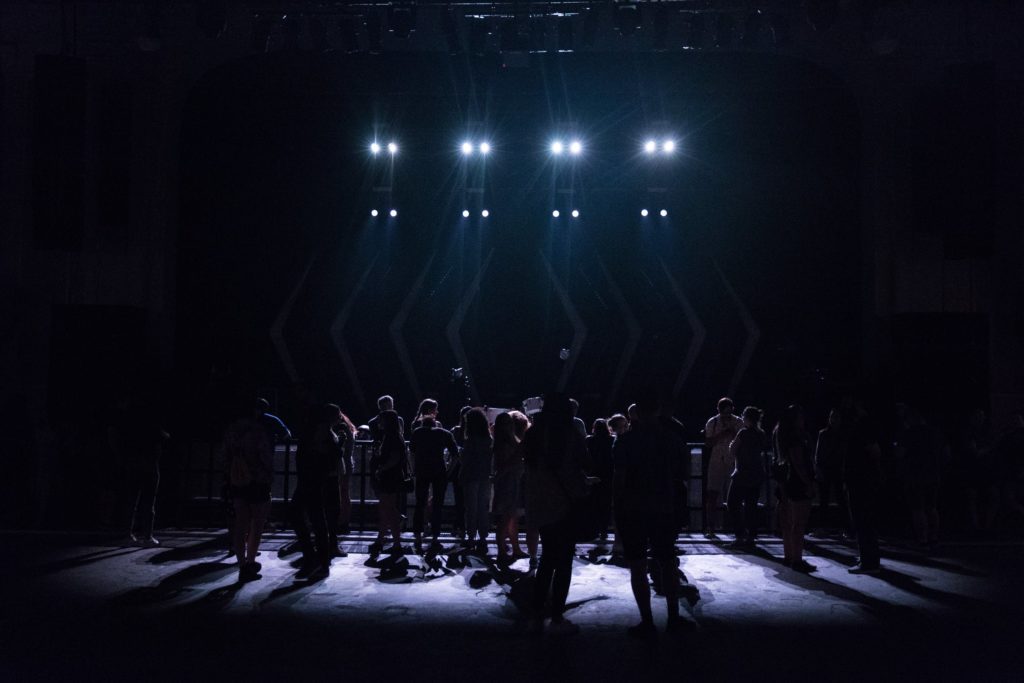Lifelong learning refers to life-long and to life-wide learning. Informal learning takes place daily in different environments such as leisure activities, home and work. Formal education often takes place in the built environment. Non-degree or non-formal education is typically done at work and in adult education (Antikainen 2001, 379.)
Under the European Commission works “The Lifelong Learning Programme (LLP)”. According to the layout people can participate in training and develop education in Europe at any period of their life. LLP has provided support to pupils, university students, a variety of projects and adult learners. There are four main sub-programmes: Comenius for schools, Erasmus for higher education, Grundtvig for adult education and Leonardo da Vinci for vocational education and training. In years 2007 to 2013 budget was nearly €7 billion, and the program funded study visits, a range of exchanges and networking activities. (European Commission 2018.)
The Ministry of Education and Culture is concerned of the level of knowledge gained from elementary school. Inadequate basic skills or training weaken the conditions for lifelong learning and increase the need for corrective measures in working life. It ́s important ensure basic competence, excellence, decision-making skills, involvement and motivation. (The Ministry of Education and Culture 2018, 17 – 19, 57.)
Dialogue between working life and education system plays an important role in facilitating lifelong learning. Obstacles need to be removed from groups, who has little resources of economic, cultural or social. According to the study there is long way to realization of lifelong learning for the whole population. (Antikainen 2001, 391 – 392.)

In an anthropoligical perspective intergenerational learning is a basic form of learning: within families and other small groups the new members learn the culture (language, way of beahvior) from the older members. This educational process is called enculturation. In many societies, even in Finland in earlier times, the oldest generation took responsibility for taking care of the youngest. The distrubution of three generations living under the same roof was the following: as long as they could the oldest were helping the own children in household work and child care. The middle generation was working for the household according the gendered division of work: women were taking care of cattle and food; men were taking care on other farm work, hunting and fishing.
In a modern and post-modern society these forms of education are under a pressure of change: grandparents still have important functions as helpers with child care and transmission of family stories and traditions (Siim 2010). However, the household models have typically changed and the grandparents are now often living apart from other family members, sometimes on other side of the large country, like in USA for example. In our days, grandparents also tend to have the own life to live after retiring from the work. Busy grandparents don’t have time for child care as often as they did in earlier time (of course this model is very stereotypical and plenty of exceptions could be regarded, though not here because of the limited space). This situation sets also new demands on intergenerational learning and teaching. For example, in kindergarten and schools there is a new need for “grandparents” who are not relatives, who could tell children about old times, and be asked about times gone by (Manheimer 1997, Newman & Hatton-Yeo 2008, Hoff 2007, Schmidt-Hertha et alia 2014; examples of intergenerational programs in schools: Kaplan et al. 1998, Cramer & Ohsako 1999, Boström 2003, Corrigan et alia 2013).
In a post-modern, highly technical society there is also need for an intergenerational learning going on the other way round: the younger generations teaching the older generations about the use of mobile phones, different applications (applications for mutual communication for example: Spotify; WhatsUp), use of IT in bank affairs et cetera. (Ho 2008). It is actually important to understand, that in many intergenerational learning situations the learning and teaching happens both ways and is experienced as important by both sides not only as transfer of knowledge and skills but also as breaking the intergenerational barriers, the prejudices about each other (see for example Corrigan et a. 2013).

